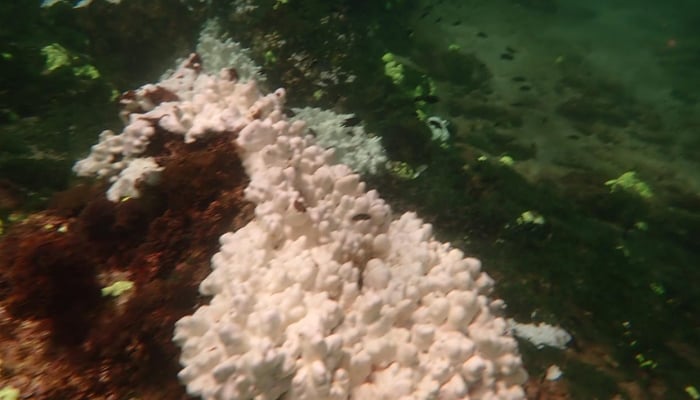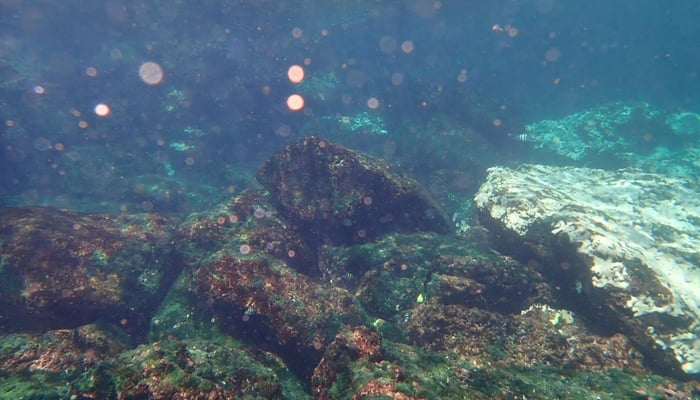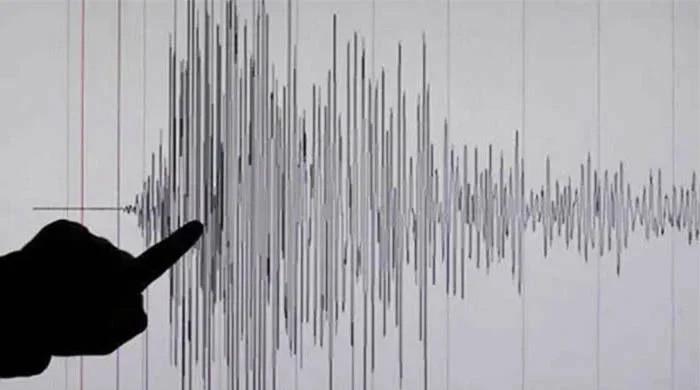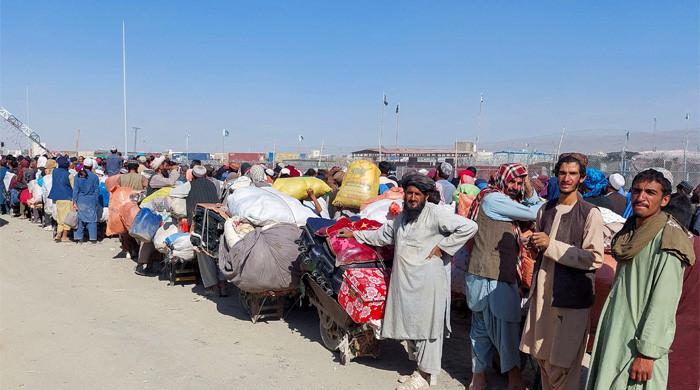WWF-Pakistan warns fragile corals face threat of bleaching in Pakistan
A number of fishermen are involved in the dislodging of corals and sell them to aquarium traders in Karachi, says WWF-Pakistan
November 27, 2020

KARACHI: Bleaching of corals has been reported for the first time near Churna Island in Pakistan, according to a statement issued by the WWF-Pakistan on Thursday.
The statement said that Khizar Sharif, a PADI certified diver, while on a diving expedition around the north-eastern part of Churna Island in the last week of October 2020 noticed bleaching of corals along the island.
In some areas, large patches of bleaching were observed whereas it was limited in other parts, the statement said, adding that WWF-Pakistan considers this bleaching a "grave threat" to the coastal biodiversity in Pakistan.
How many corals are in Pakistan?
"In Pakistan, corals are found in small quantities around Churna Island, Astola Island, Ormara (Roadrigues Shoals), Gwadar, and Jiwani in Balochistan," the statement said.
In the 2000s, coral patches were identified along the coast of Pakistan under the Darwin Initiative Project, which involved WWF-Pakistan, Centre of Excellence in Marine Biology, and Marine Reference and Resource Centre, University of Karachi.
Later, further studies were carried out on corals under WWF-Pakistan’s Pakistan Wetlands Programme. In total, 55 live coral species were reported from the coastal waters of Pakistan, which existed in a very limited area and were said to be prone to environmental change and other threats, especially pollution.
How does bleaching take place?
Corals live in compact colonies of many identical individual polyps and obtain the majority of their energy and nutrients from zooxanthellae that live there.

Negative environmental conditions such as abnormally warm or cool temperatures, high light, and even some microbial diseases can lead to the breakdown of the relationship between coral and zooxanthellae.
In such conditions, corals expel the zooxanthellae living in their tissues causing the coral to turn completely white. This process is called coral bleaching and leads to the death of corals.
What led to bleaching in Pakistan?
According to Muhammad Moazzam Khan, Technical Advisor Marine Fisheries, WWF-Pakistan, there can be many possible reasons for the bleaching of corals in Pakistan.
"The major reason may be the rise in seawater temperature due to industrial activities as there is a thermal power plant, an oil refinery and a single point mooring (SPM) in the area near Churna Island," he said.
He informed that additional infrastructure has been developed at the site for the construction of another coal-powered plant. Cumulative impacts of these activities are likely to be responsible for the coral bleaching.
Further, there are plans in place to establish liquid petroleum gas (LPG) terminal at Churna Island, which can cause excessive dredging in the area. ‘If such development activities are carried out at Churna Island, then they will not only negatively impact the corals but may wipe out most of the rich biodiversity from the area,’ he added.
Commenting on this issue, Dr Tahir Rasheed, Regional Head Sindh and Balochistan, WWF-Pakistan said that there is a need to protect the rich biodiversity and pristine environment of Churna Island.
Amateur snorkelers trample corals
In the past few years, Churna Island has become a major attraction for recreational activities. It is considered an important area for snorkeling and scuba diving.
Although most divers and snorkelers are environmentally conscious and do not harm coral, considering them to be nature’s gift to Pakistan, however, a few amateur divers trample or disturb them.
In addition, a number of fishermen are also involved in the dislodging of corals and sell them to aquarium traders in Karachi.
Concluding the statement, the WWF-Pakistan appealed to the relevant government departments, tourists, local communities, and citizens of Pakistan to help conserve this ecologically significant marine area.











